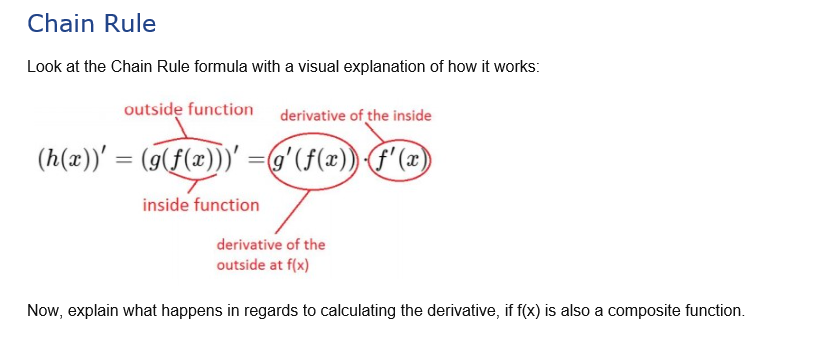

Thus, we can compute the derivative of an integral formula as follows: Note that the derivative of the upper limit t 3 is 3t 2 and the derivative of the lower limit t 2 is 2t here. We have seen that the derivative of the integral ∫ t² t³ log (x 3 + 1) dx is - 2t log (t 6 + 1) + 3t 2 log (t 9 + 1) and this can be written as 3t 2 log (t 9 + 1) - 2t log (t 6 + 1). This procedure is very helpful to find out the derivative of an integral. Substitute u = t 2 and v = t 3 back here, Since the each integral has its lower limit to be a constant and upper limit to be a variable, their derivatives are equal to the functions in terms of the respective variables.

= - ∫ 1 t² log (x 3 + 1) dx + ∫ 1 t³ log (x 3 + 1) dxĭ/dt ∫ t² t³ log (x 3 + 1) dx = - d/dt ∫ 1 t² log (x 3 + 1) dx + d/dt ∫ 1 t³ log (x 3 + 1) dxįor the first integral, assume that t 2 = u and for the second integral, assume that t 3 = v. Using this, we can write ∫ t² 1 log (x 3 + 1) dx as - ∫ 1 t² log (x 3 + 1) dx. Now, we apply another property of definite integrals that says ∫ a b f(t) dt = - ∫ b a f(t) dt.

In such cases, we apply a property of definite integral that says ∫ a c f(t) dt = ∫ a b f(t) dt + ∫ b c f(t) dt and we assume 'b' to be a random constant while applying this property. Here, both the limits involve the variable t. When Both Limits Have VariablesĬonsider the integral ∫ t² t³ log (x 3 + 1) dx. If the upper limit is a constant and the lower limit is a variable, say d/dx ∫ x 2 t 3 dt then we rewrite (using the property of definite integral) as - d/dx ∫ 2 x t 3 dt and now its result using the above examples is -x 3. Note that here the lower limit should be a constant. This would reflect the fact that the derivative of an integral is the original function itself. Then by the first fundamental theorem of calculus, d/dx ∫ a x f(t) dt = f(x). I.e., d/dx ∫ a b f(t) dt = 0 When One of the Limits is a ConstantĬonsider a definite integral ∫ a x f(t) dt, where 'a' is a constant and 'x' is a variable. Thus, when both limits are constants, the derivative of a definite integral is 0. d/dx∫ a b f(x) dx = d/dx = 0 (as F(b) and F(a) are constants).

Then by the second fundamental theorem of calculus, ∫ a b f(x) dx = F(b) - F(a) where F(x) = ∫ f(t) dt. When Both Limits are ConstantsĬonsider the definite integral ∫ a b f(x) dx where both 'a' and 'b' are constants.
CHAIN RULE INTEGRATION HOW TO
We will study how to find the derivative of an integral in each of these cases. The lower limit is a constant and the upper limit is a variable.But here, the limits always don't need to be constants. Also, let us see how to evaluate definite integrals that don't match with any of the last two cases.Ī definite integral is of the form ∫ a b f(t) dt. Let us look into each of these cases in detail. I.e., d/dx ∫ a x f(t) dt = f(x) where 'a' is a constant and 'x' is a variable. The derivative of a definite integral where the lower limit is a constant and the upper limit is a variable is a function itself in terms of the given variable (upper bound).The derivative of a definite integral with constant limits is 0.The derivative of an indefinite integral of a function is the function itself.The derivative of a definite integral of a function is the function itself only when the lower limit of the integral is a constant and the upper limit is the variable with respect to which we are differentiating. But this is always true only in the case of indefinite integrals. The derivative of an integral of a function is the function itself.


 0 kommentar(er)
0 kommentar(er)
